Recalling a project born in 2018 which saw, within the frame of Concorto Film Festival, an exhibition hosting the works of some artists who have over the years interpreted the Concorto poster, the current 2019 edition of the Piacenza Festival does not miss the opportunity of bringing cinema and visual arts together, thanks to an exhibition starring Giovanna Lopalco aka Pelo di cane, that is to say, the author of this 18th edition poster. We are very proud to present here her interview and we wait for you on August 18th at 6 pm at Palazzo Ghizzoni Nasalli for the great opening of TT tenero terribile (TT tender terrible, NdT), here all the details!
– Where does the title of the exhibition stem from?
I was looking for a title that summed up my universe, my characters and the things that interest me. My language is naïf and playful, as well as a bit grotesque: Tenero Terribile (Tender Terrible).
– What pieces of art will you show and where does your interest in azulejos come from?
I will show some tiles or azulejos. My interest in ceramic painting was born by chance when I was a tourist on holiday in Portugal. However, it is to say that this artistic expression has been part of my visual baggage since childhood when I saw the craftsmanship of Grottaglie in my house or in my family.
What gets me when it comes to ceramics is its slow execution process and its complex simplicity. Technically, painting on ceramics is similar to watercolours, but with a great magical component: the colour is not “natural”, on the contrary, it is merely chemical, it is painted with pigments that react to oven temperature during the cooking process. Being able to fully appreciate the final result just after a long wait always gives me that surprise factor which allows me not to get bored or frustrated.
– Where do you draw your inspiration from? You write that your works are born from “stains that leave room for errors”, so what is your relationship with mistakes and chance?
Inspiration comes from everyday life, from what I see and what strikes me. I really like the botanical and animal world and I often flick through plants books or go for walks with a notebook where I take notes. This is a very dear habit to me, as it is a sort of personal encyclopaedia, a memory exercise that allows me to elaborate illustrations or wider projects.
What I mean when I say that I leave room for errors is that I need to deceive myself and tell myself that it is always a test. This allows me to escape from self-censorship and from the decency that prevents me from doing bad things. It is my recipe for summoning muses and for getting in touch with my imagination.
– Do you have any upcoming projects?
Right now, I am finishing my first animated short film, which was a long and tiring journey. At the moment, I find it difficult to see clearly what I will be doing in a month, so I continue doing what I am already doing, that is to say, jumping from ceramics to animation and illustration.
– Since this is a cinema and short films festival and since you are part of this business too, would you like to recommend a short film that you have recently seen and that has delighted you?
I will take this chance and recommend you two animation short films: “Love” by Reka Bucsi and “La nostra storia” (Our story, NdT) by Lorenzo Latrofa.
Intervista curated by Virginia Carolfi


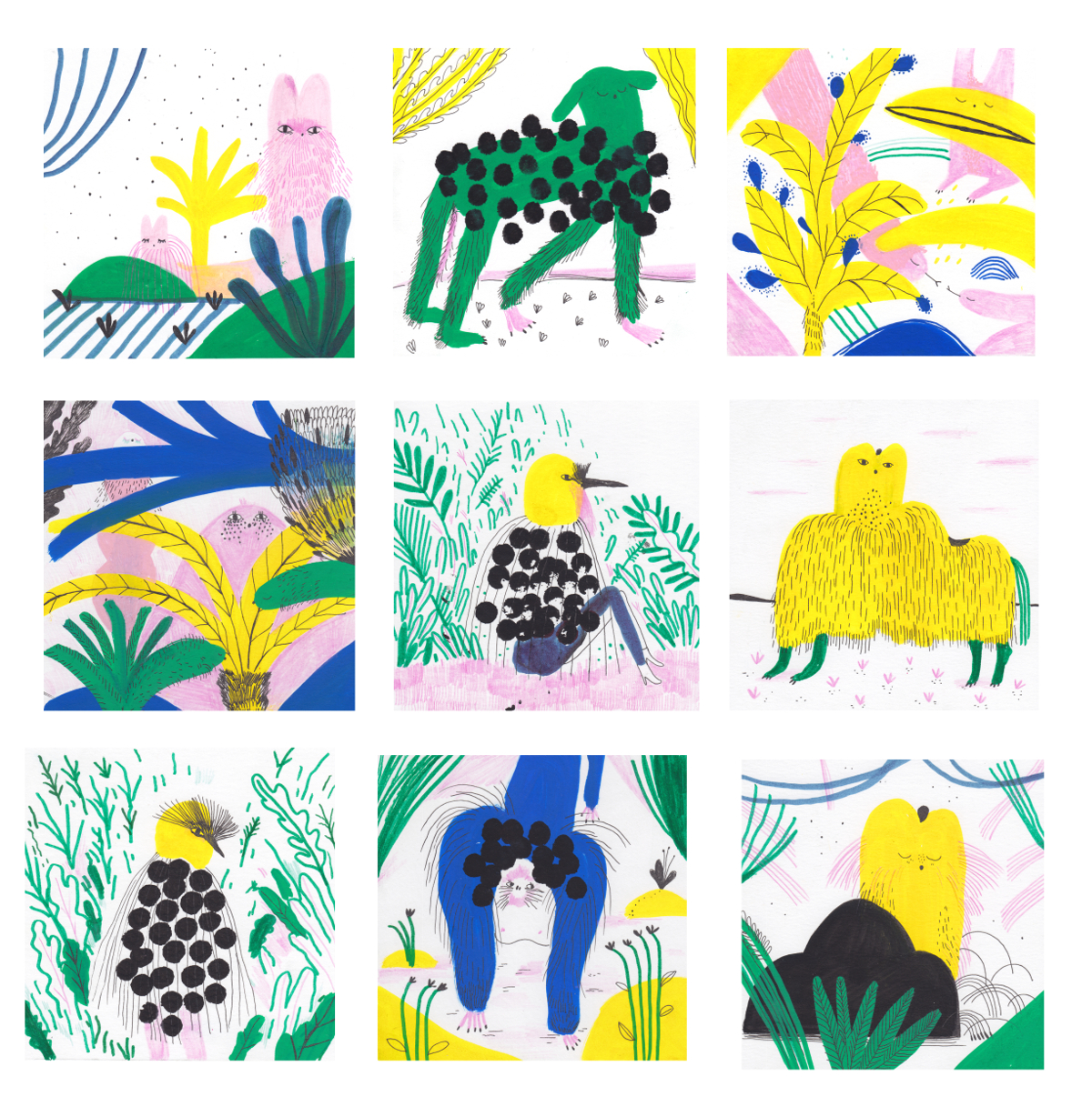
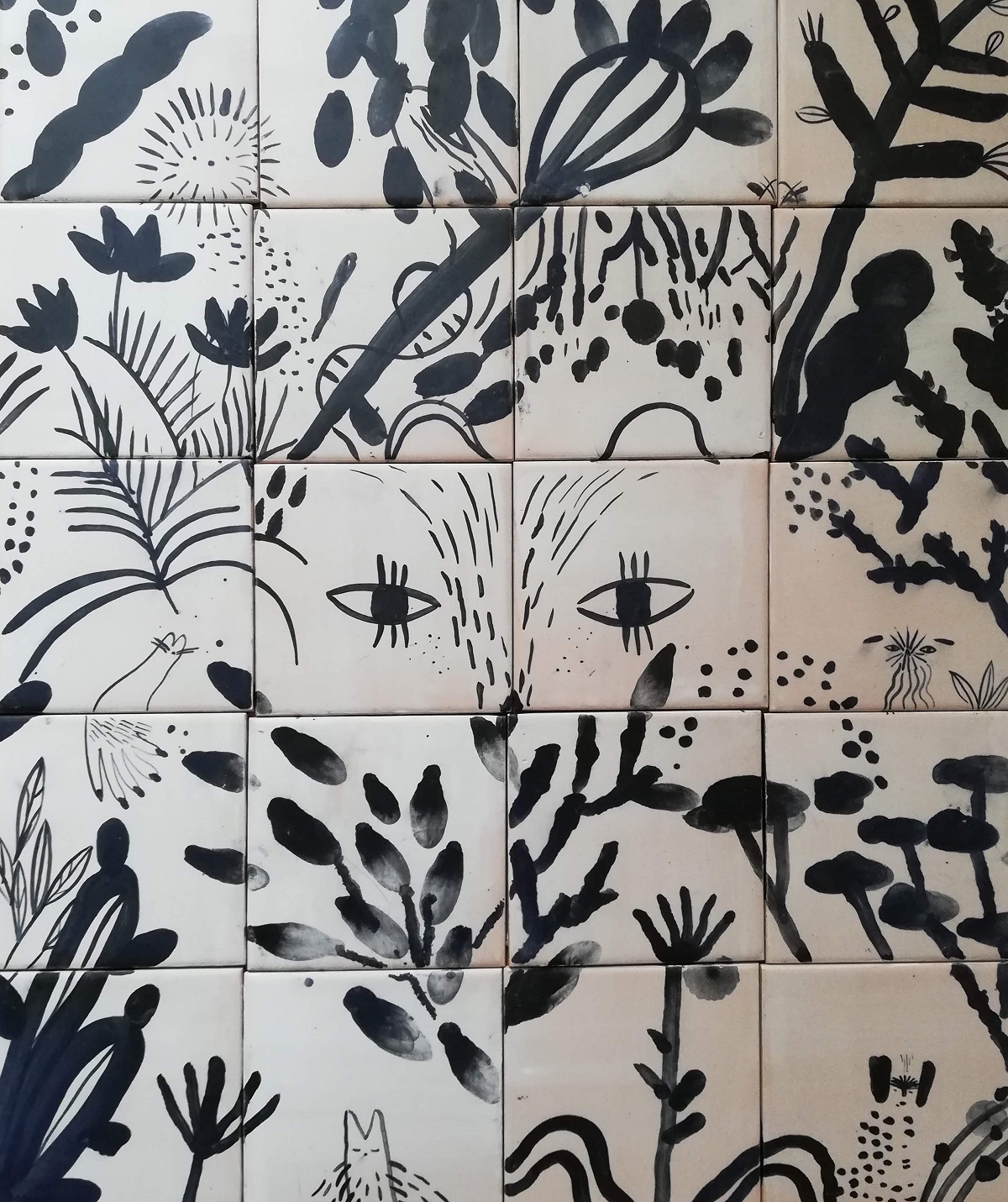
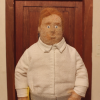
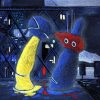


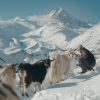

Commenti recenti